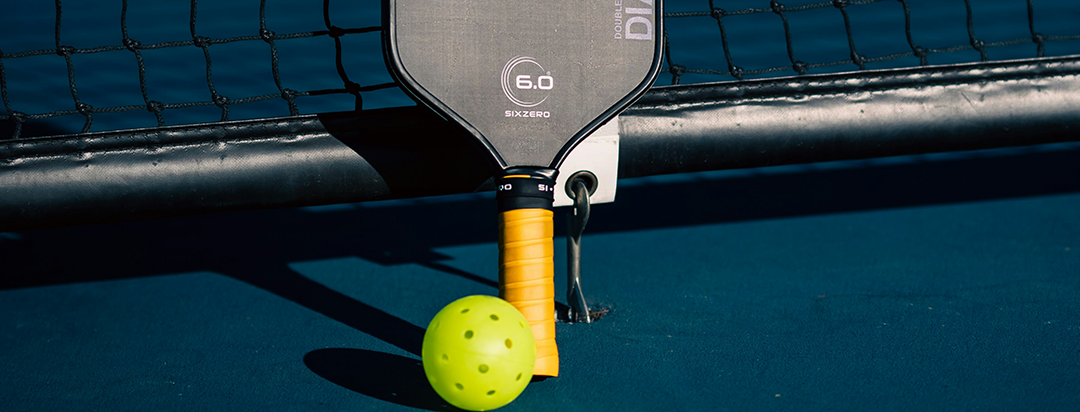

Lorem ipsum dolor sit amet, consectetur adipiscing elit ut liqua purus sit amet luctus venenatis, lectus magna.

If you’ve ever heard players yell “side-out!” during a pickleball match and wondered what it means, you’re not alone. The term is one of the most common — and most important — parts of understanding how pickleball scoring and service rotation work.
While it might sound complicated at first, the concept of a side-out is simple once you grasp the basic rhythm of play. Here’s a clear explanation of what a side-out is, how it functions, and why it’s a defining feature of pickleball’s unique scoring system.
A side-out occurs when the serving team loses the rally and the right to serve passes to their opponents. Because only the serving team can score points in pickleball, a side-out signals a change in who has the opportunity to earn points.
In other words, no one scores directly from a side-out. It simply means that the serve — and therefore the chance to score — has switched sides.
The term applies to both singles and doubles play, though how it’s handled depends on the number of players on the court.
In singles, side-outs are straightforward. Each player serves until they lose a rally. When that happens, a side-out occurs, and the opponent becomes the server.
For example, if the score is 5–3 and the server loses the point, the serve changes hands, and the opposing player now has the opportunity to score. There’s no secondary server or partner rotation — it’s a simple one-on-one exchange of service possession.
This system keeps singles matches fast-paced, emphasizing consistency and endurance over extended serving rotations.
In doubles pickleball, side-outs are a bit more involved. Each team gets two chances to serve before the serve switches to their opponents — one opportunity for each player on the team.
Here’s how it flows during regular play:
There’s one exception — at the very start of the game, the first serving team begins with only one server. After that, both teams always have two serves per turn for the rest of the match.
Side-outs define the flow and momentum of pickleball. Because you can only score while serving, maintaining serve becomes the central challenge of the game. A well-timed side-out can stop an opponent’s scoring streak and shift control back in your favor.
This back-and-forth dynamic creates a balance between offense and defense. Players must not only focus on scoring points but also on forcing side-outs to regain serving opportunities.
The side-out system adds a layer of strategy that sets pickleball apart from many other racket sports. Instead of scoring on every rally, players have to earn the serve first — making it valuable to play conservatively when receiving and aggressively when serving.
Teams that can hold serve effectively often build leads quickly. On the other hand, skilled defenders who force frequent side-outs keep games close, even if they’re not dominating rallies outright.
It’s easy for new players to get mixed up when side-outs occur, especially in doubles. Forgetting who serves next, switching to the wrong side of the court, or calling the score incorrectly are typical errors.
A simple habit to avoid confusion is to call out the complete score before every serve. Doing so keeps both teams aware of the current situation and ensures everyone knows whose turn it is to serve.
The phrase “side-out” actually comes from volleyball, where it originally meant the same thing — the loss of service by one team and the transfer of serve to the other. Pickleball borrowed the term early in its history, and it’s remained part of the sport’s vocabulary ever since.
It perfectly describes the moment when the “side” with service “outs” and the other takes over — a small but vital shift in control that defines the rhythm of every match.
Side-outs are the heartbeat of pickleball’s scoring system. They dictate when teams can score, when control changes, and how the pace of a match unfolds.
Once you understand the concept, you’ll find that side-outs make the game more strategic and exciting — emphasizing skill, patience, and precision over luck or speed alone. Whether you’re a beginner learning the rules or a seasoned player refining your tactics, mastering side-outs is essential to mastering the game itself.


Explore our collection of 200+ Premium Webflow Templates